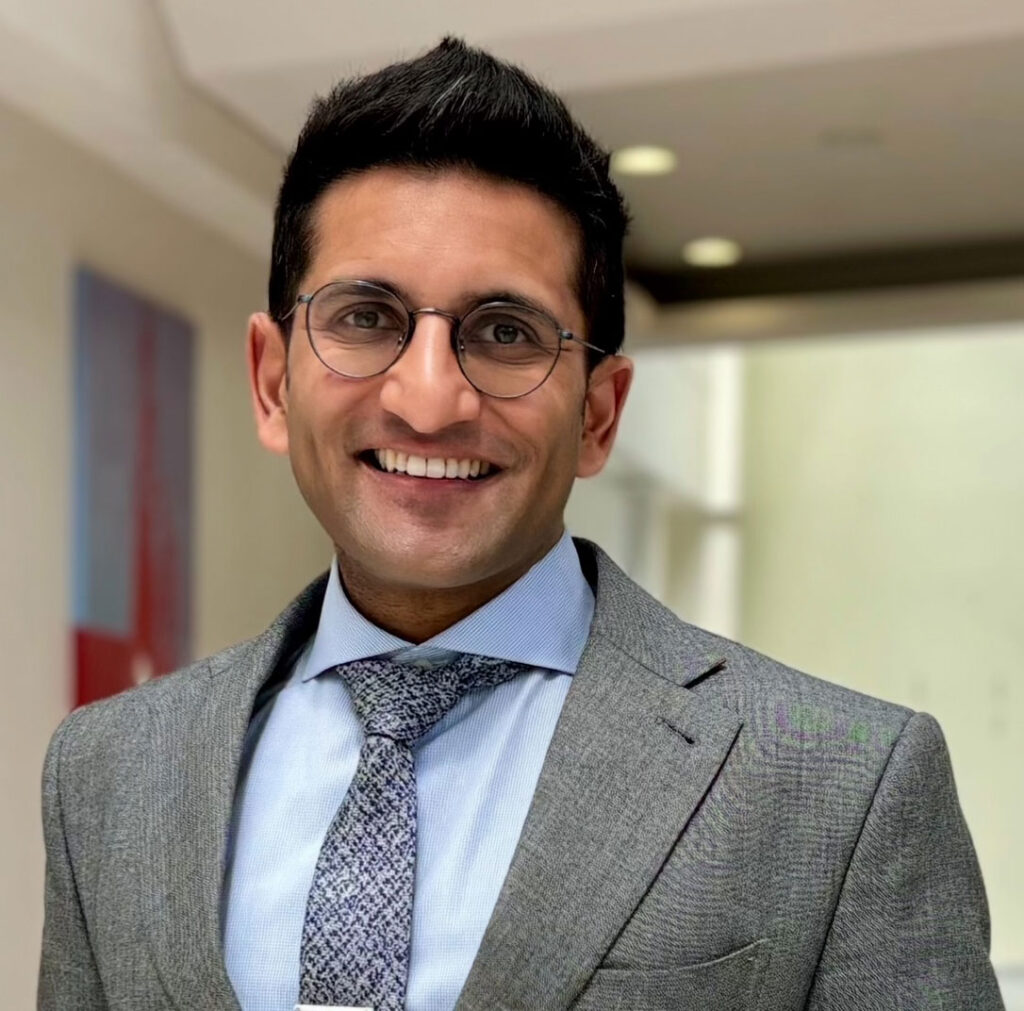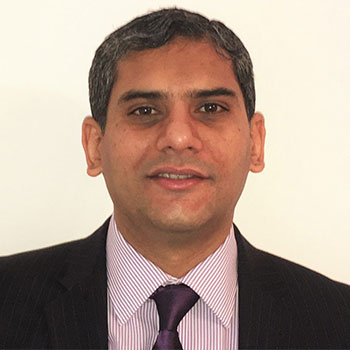What are nasal endoscopy and laryngoscopy?
Nasal endoscopy uses a thin, flexible or rigid endoscope equipped with a tiny camera and light to examine the nasal cavity, sinuses, and throat. This safe procedure allows doctors to visualise areas that cannot be seen during a standard physical examination, providing crucial insights into various health conditions.
Laryngoscopy is a specialised procedure designed to examine the larynx, the voice box, and the vocal cords using either flexible or rigid telescopes. This examination is crucial for diagnosing voice disorders, breathing problems, and other conditions that affect the larynx.
Both procedures are commonly performed by ENT specialists in office settings or operating theatres, depending on the complexity of the examination required. The endoscope features advanced optics that transmit high-quality images to a video camera, enabling doctors to perform biopsies, remove foreign objects, or conduct therapeutic interventions as needed.
Types of endoscopic procedures
Flexible nasal endoscopy
Flexible nasal endoscopy is performed in a clinic setting with minimal discomfort. Before the procedure, doctors apply a topical decongestant and anaesthetic spray to the nasal passages to reduce the sneeze reflex and make patients feel numb in the treated area.
The flexible telescope is then gently inserted through one nostril, allowing for a detailed examination of the nasal cavity, sinuses, and back of the throat. This method is preferred for its comfort and speed, typically taking about 10-20 minutes to complete. Patients sit upright during the entire procedure and can often watch the examination on a monitor.
Rigid nasal endoscopy
Rigid nasal endoscopy utilises angled telescopes to provide superior visualisation, making it particularly useful for examining the nasal passages and entrances to the sinuses. Although a rigid endoscope cannot bend like a flexible endoscope, it offers better image quality and is often used for therapeutic interventions, such as collecting tissue samples or removing nasal obstructions.
Flexible laryngoscopy
Flexible laryngoscopy involves passing a flexible telescope through the nose to examine the larynx and vocal cords. This procedure is typically performed while the patient is awake and may include speaking or making sounds to assess vocal cord movement and function. The examination provides valuable information about voice disorders and breathing difficulties.
Direct rigid laryngoscopy
Direct rigid laryngoscopy is more invasive and requires a general anaesthetic in an operating room setting. This approach enables a more thorough examination of throat tissue and is utilised for procedures such as foreign body removal or comprehensive tissue sampling. While more detailed, this method involves longer recovery times compared to flexible procedures.
Conditions diagnosed with nasal endoscopy and laryngoscopy
These diagnostic procedures are essential for identifying a wide range of health conditions affecting the upper respiratory tract.
Nasal and sinus conditions
Nasal endoscopy is valuable for diagnosing and managing chronic sinusitis, nasal polyps, and recurrent infections by providing detailed visualisation of the nasal passages. It also helps identify the source of persistent nosebleeds, assess nasal obstruction, and evaluate the outcomes of previous surgeries.
Voice and throat disorders
Voice disorders, vocal cord paralysis, and laryngeal growths or tumours are diagnosed through laryngoscopy examination. This procedure provides essential information about vocal cord movement, tissue abnormalities, and overall laryngeal function.
Swallowing difficulties, persistent sore throat, and chronic throat pain often require laryngoscopic evaluation to identify underlying causes. The examination can reveal inflammation, infection, or structural problems affecting normal swallowing function.
Therapeutic applications
Beyond diagnosis, nasal endoscopy and laryngoscopy offer critical therapeutic applications that can provide immediate relief for specific conditions.
Foreign body removal from the nasal passages or the throat can be performed using specialised instruments passed through the endoscope. This approach is particularly valuable for children who have inserted objects into their noses or adults who have inhaled foreign objects.
Nasal cautery for recurrent nosebleeds is commonly performed using rigid endoscopes, which provide precise treatment that addresses the bleeding source directly. This minimally invasive approach often eliminates the need for more extensive surgical procedures.
Sinus drainage and polyp removal can be facilitated during endoscopic sinus surgery, combining diagnostic and therapeutic benefits in a single procedure. Vocal cord injection or laser treatment may be performed during direct laryngoscopy procedures to address voice disorders.
Please call to enquire about the price
Ways to payBefore the procedure
No special preparation is required for office-based flexible endoscopy procedures. Patients can eat and drink normally before the examination, making it convenient for busy schedules.
However, patients should inform their doctor about any blood-thinning medications or bleeding disorders they may have before treatment. While these medications don’t typically prevent the procedure, doctors need this information to assess bleeding risks properly.
For rigid laryngoscopy performed under general anaesthesia, patients must follow fasting instructions and complete preoperative preparations similar to those for other surgical procedures.
During the procedure
During the flexible endoscopy procedure, patients sit upright while a topical decongestant and anaesthetic spray is applied to the nose. The numbing medicine takes effect within minutes, reducing discomfort during scope insertion.
The flexible endoscope is gently inserted through one nostril to examine the nasal passages and, when needed, the nasopharynx, oropharynx, and larynx. For laryngoscopy, patients may be asked to speak, swallow, or produce specific sounds to help assess vocal cord movement and function. In some cases, both nostrils may be examined to optimise visibility or evaluate symptoms on both sides. The entire process typically takes less than 20 minutes and is often performed with the patient sitting upright. Many clinics offer real-time video viewing, enabling patients to observe the procedure as it unfolds.
Rigid laryngoscopy is a more invasive procedure performed in an operating room under general anaesthesia. Unlike flexible laryngoscopy, it uses a straight, rigid metal scope inserted through the mouth while you are wholly unconscious and lying down. This method provides a clear, stable view of the larynx and surrounding structures, making it ideal for biopsies, removal of lesions, or detailed surgical planning. Because it is done under anaesthesia, there is no discomfort during the procedure, but it may involve a longer recovery time and additional postoperative care.
After the procedure
Immediate post-procedure guidelines
Patients should avoid hot drinks for 45 minutes after using an anaesthetic spray to prevent throat burns while sensation returns. The throat may feel numb for 1-2 hours after the procedure, which is a normal side effect.
Light activities and work are usually manageable immediately after the examination. However, patients should avoid strenuous exercise or heavy lifting for the remainder of the day if they experience any discomfort during the procedure.
After rigid laryngoscopy, you may experience a sore throat, hoarseness, or mild difficulty swallowing for a few days. If a biopsy was taken, voice rest is often recommended, and your consultant may advise you to avoid whispering or throat clearing to promote healing. Following the procedure, you’ll be monitored in a recovery area and may either be discharged the same day or asked to stay overnight, depending on the nature of the intervention. Your care team will provide pain relievers as needed, along with specific aftercare instructions, which may include dietary guidelines or vocal restrictions.
When results are available
Initial findings are discussed immediately after the examination, allowing patients to understand their condition and treatment options right away. If a tissue sample was collected during the procedure, biopsy results typically take 3-7 days for laboratory analysis.
Follow-up appointments are scheduled based on findings and treatment needs. Additional imaging studies, such as a CT scan, may be recommended for complex cases that require more detailed anatomical information.
Contact your healthcare provider if you experience persistent bleeding, fever, or unusual symptoms after the procedure.
Risks and complications
While nasal endoscopy and laryngoscopy are considered safe procedures, understanding the potential risks is crucial for making informed decisions about your care.
Minor nosebleeds occur in less than 1% of nasal endoscopy cases and typically resolve quickly without intervention. Temporary light-headedness or mild discomfort may be experienced during scope insertion, but these symptoms usually subside immediately after the procedure.
Rarely, laryngospasm (vocal cord spasm) can occur during laryngoscopy examination, particularly in patients with sensitive airways. This complication is more common during rigid procedures performed under general anaesthesia.
Allergic reactions to decongestant or anaesthetic spray are uncommon but can happen. Patients with known allergies to local anaesthetics should inform their healthcare provider before the procedure.
Appointment and Treatment Plan
Before the Procedure
No prep needed for flexible scopes – eat and drink as normal. Let your doctor know if you take blood thinners. For rigid laryngoscopy (under anaesthesia), follow fasting and pre-op instructions.
During the Procedure
A numbing spray is applied, and a flexible scope is gently passed through the nose. You might be asked to speak or swallow. It takes under 20 minutes.
Rigid laryngoscopy is done under general anaesthesia with a metal scope through the mouth – used for detailed views or biopsies.
Immediate Post-procedure Care
Avoid hot drinks for 45 mins. Throat may feel numb or sore. Most can resume normal activities, but skip heavy exercise that day. After rigid laryngoscopy, expect a sore throat and hoarseness. Voice rest may be needed if a biopsy was done
Results & Follow-up
You’ll get initial findings right after the scope. Biopsy results take 3–7 days. Follow-up is scheduled based on your results and treatment plan.
Experts
We are proud to provide patients with access to a wide range of clinicians, chosen specifically for their knowledge and reputation in their area of expertise. Our experts align with our values: putting you at the centre of your care and educating you on your options at each step of the journey. We encourage you to learn more about our clinicians and how they can help you below. As always, please contact our patient services team if you require any additional information.
We offer 3 ways to pay for your treatment
We exist to take the stress out of private healthcare.
Our payment options are designed to offer you easy access to our treatments and services. You can choose to pay on the day, spread the cost, or use your private medical insurance.
Our patient services team will guide you through the process, providing clear costs and support throughout your course of treatment so you can focus on the thing that matters most – your health.
Whether you pay in advance, spread the cost, or use your private medical insurance, rest assured you will be receiving exceptional care 365 days a year.
Pay in Advance
Even if you do not have medical insurance, you can still get quick and comprehensive access to private medical care.
We provide transparent pricing from your initial consultation to the completion of your treatment so you know where your stand, every step of the way.
We accept all major debit and credit cards, as well as Apple Pay for UK residents. Please note that we do not accept cash or cheques.
Pay monthly
Paying for your treatment at OSD Healthcare doesn’t need to mean settling the full cost in one go.
Many of our treatments have a pay monthly option that allows you to spread the cost of your treatment over 12 months with no credit checks required.
A minimum spend of £300 does apply. We’ll take your first payment upfront and then arrange a direct debit for your monthly payments thereafter. It’s that simple.
Pay using PMI
We are recognised by all major health insurance companies and with our extensive range of services, there are lots of benefits to using your insurance with us. Our patient services team is here to answer any questions you may have about using your private health insurance with us.
Please bring along your policy details including your scheme details, membership or policy number, expiry date and confirmation of eligibility to claim (i.e. your authorisation number). If you do not have these details with you, we will require payment from you on the day. Patients are liable for any amounts not settled by their insurer.
FAQs
No, a laryngoscopy is not the same as a nasal endoscopy. Nasal endoscopy is a procedure that examines the nasal cavity, sinuses, and sometimes the throat using a thin, flexible, or rigid endoscope inserted through the nose. Laryngoscopy specifically examines the voice box (larynx) and vocal cords, using either flexible or inflexible telescopes. While both procedures may use similar equipment and can be performed through the nose, their focus areas and purposes differ.
Yes, a nasal endoscopy can visualise parts of the throat. The endoscope passes through the nasal cavity to the back of the nasal passages. It can extend to the upper throat area, including the nasopharynx and oropharynx, allowing examination of these regions. However, for detailed examination of the voice box or lower throat, laryngoscopy is more appropriate.
It depends on the type of laryngoscopy being performed. Flexible laryngoscopy is usually performed while the patient is awake, often in an outpatient clinic, using local anaesthetic sprays to numb the nasal passages. Direct rigid laryngoscopy, which is more invasive and used for deeper examination or surgical procedures, is performed under general anaesthesia, meaning the patient is asleep.
Nasal laryngoscopy is generally not painful. Local anaesthetics and topical decongestant sprays are used to numb the nasal passages and reduce discomfort. Patients may feel some pressure or a strange sensation as the scope passes through the nose and throat, but pain is usually minimal. Some people may find the procedure uncomfortable, but it is typically well tolerated.



